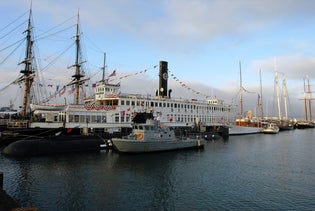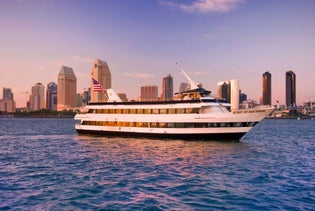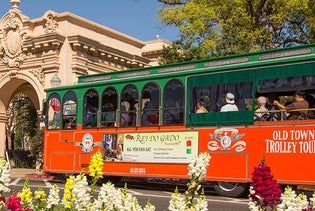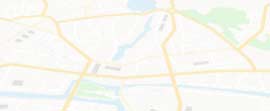Where is Natural History Museum San Diego located?
The San Diego Natural History Museum is in Balboa Park at 1788 El Prado, near Park Blvd. and Village Pl., just south of the San Diego Zoo.
Is parking available on site?
Yes. There are small parking lots throughout the park, located next to the museum’s east side and near the Balboa Park Carousel on Village Place and Park Blvd. Please note that beginning January 5, 2026, the City of San Diego will implement paid parking in Balboa Park.
How long does it take to go through San Diego Natural History museum?
Allow approximately 60-90 minutes to fully immerse yourself in the 4 floors of exhibits and films in the giant screen theater.
Does the general admission ticket include the Giant Screen Theater?
Yes, films in the giant-screen theater are included with paid admission.
Is the museum suitable for children?
Yes, the museum is suitable for all ages. Children 2 and under enter for free, and guests 15 and under must be accompanied by an adult.
Can I bring my stroller to the museum?
Yes, strollers are allowed inside the museum. However, on Resident Free Days, strollers are not permitted indoors and must be parked in the designated area outside the north entrance near the Moreton Bay Fig tree.
Is the museum wheelchair accessible?
The north fig tree entrance to the Museum is accessible. There are six accessible parking spaces in the Natural History Museum parking lot which is located on the east side of the Museum at Village Place and Park Boulevard (to your left off Village Place). There are also four accessible parking spaces in the South Carousel parking lot adjacent to the museum parking lot. The handicap access ramps are located at the northwest corner and the southwest corners of the Museum.
Are wheelchairs available for rent on-site?
Complimentary wheelchairs are available. Request one at the Visitor Services Desk upon entry for use during your visit.
Are pets allowed inside the museum?
No, only ADA-defined service dogs are allowed. They must be on a non-retractable physical leash, less than 6 feet in length. Each visitor may only have one service dog.
Does the museum offer assistive listening devices?
Yes, you can request the infrared listening device headsets at the north entrance Visitor Services Desk. The Assistive Listening System is available for lectures and films in the Charmaine and Maurice Kaplan Theater.
Is there a place to buy food and drinks at the museum?
Yes, The Craft Taco, located in the main Atrium near the north entrance, offers made-to-order tacos, burritos, and bowls with signature blue corn tortillas. They also serve coffee, specialty drinks, and grab-and-go options like pollo asado bowls and torta sandwiches.


.jpg)
.jpg)
.jpg)
.jpg)





















.jpg?width=539&height=361&fit=crop)
.jpg?width=102&height=75&fit=crop)
.jpg?width=102&height=75&fit=crop)
.jpeg?width=102&height=75&fit=crop)
.png?width=102&height=75&fit=crop)
.jpeg?width=102&height=75&fit=crop)

